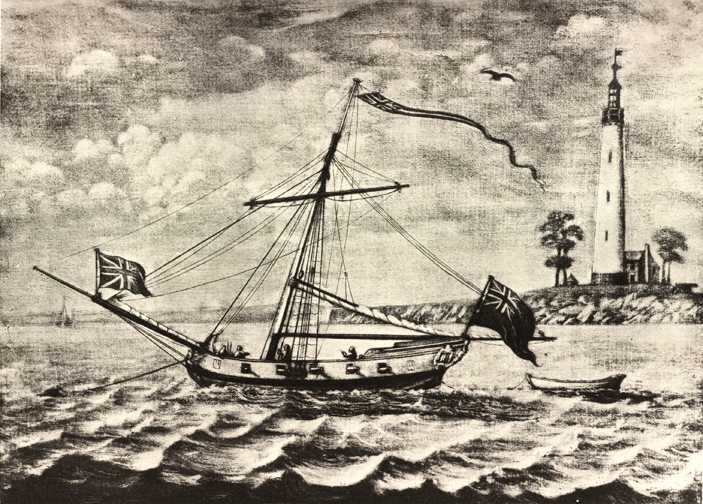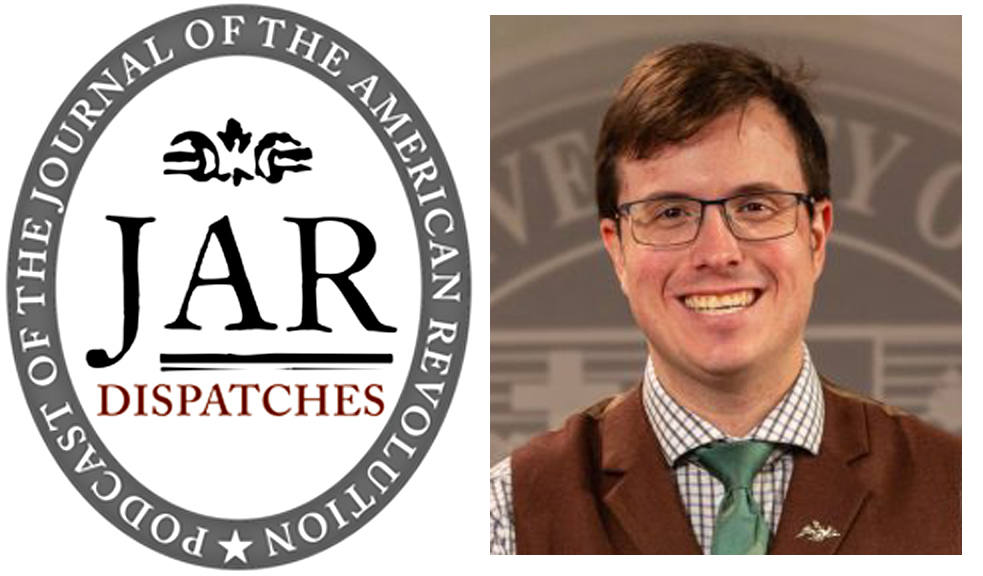 Myth:
Myth:
The Federalist Nos. 10 and 51, written by James Madison, provided the closing case in the ratification debates. Opponents of the proposed federal Constitution argued that republican governments invariably failed if attempted over too large an area, but Madison contended a republic would work better in a large country than in a small one because a multiplicity of local factions would cross-check each other. This original argument carried the day. It was the “Madisonian moment,” some scholars say.
Busted:
During the ratification debates, Madison’s argument about factions in Federalist No. 10 and No. 51, essays that are now said to have answered the Constitution’s critics and swayed public opinion, won few if any converts. The argument could not have convinced people then because hardly anybody read or heard it. However convincing now, historically it played a small role at best.
***
Again, an opening caveat: Nothing I say below in any way denigrates Madison’s brilliant and now-celebrated argument, which in a sense was ahead of its time. In fact, that’s the point – we love it now, but people in 1787-88 paid it little heed.
The two Federalist essays (please don’t call them The Federalist Papers) most noted today are numbers 10 and 51. In these, Madison argued that if a country was extensive rather than small, a multiplicity of interests and factions could cancel one another out, making it more difficult for any single faction to form a majority and commandeer the government for its own purposes. Many educated Americans have been instructed by teachers to read one or both of these pieces, and apparently the diligent ones did. In 2004, when the National Archives, National History Day, and U.S. News & World Report asked the public to vote on which of 100 documents were the most influential in all of American history, “Federalist Papers No. 10 & No. 51” came in twentieth, narrowly edging out the United Nations Charter, the 1783 Treaty of Paris, in which Britain recognized American independence, and Thomas Edison’s patent application for the light bulb.[1]
But Madison’s clever thesis attracted little notice at the time, so it could hardly have been the argument that convinced people to vote for ratification. In Federalist No. 11, published two days after Federalist No. 10, Alexander Hamilton promoted the commercial benefits of the proposed Constitution, and apparently that practical argument resonated better than Madison’s theoretical one; Hamilton’s essay was reprinted in six newspapers outside New York State, Madison’s in only one. Federalist No. 51 was not picked up by any newspaper outside New York City, and by the time it appeared in the second bound volume of The Federalist on May 28, 1788, eight states had already ratified the Constitution and delegates to the ratification conventions in the remaining states had already been selected. If people of those times had been asked to list the most influential essays penned just during the ratification debates, The Federalist Nos. 10 and 51 certainly would not have made the grade. Over 250 other essays circulated more widely.[2]
Circulation aside, other Federalist leaders did not use or cite Madison’s argument. In debates at the states’ ratifying conventions, when the Constitution’s opponents argued that republican government could work only for small self-contained states, Federalists responded by pointing to the proposed system of representation, to the manageable size of Congress, to the deficiencies of confederacies, and so on – but they did not incorporate Madison’s thoughts on offsetting factions.[3]
Not until the second decade of the twentieth century did Madison’s argument receive particular attention. Progressive historians at that time cited Madison’s harsh characterization of debtor relief in Federalist No. 10: “a rage for paper money, for an abolition of debts, for an equal division of property, or for any other improper or wicked project.” This single passage, with its provocative wording, seemed to support their controversial and much publicized economic interpretation of the Constitution, which held that most framers owned government securities and wanted to squash measures that would devalue them. Whether or not readers understood Madison or agreed with the Progressives, Federalist No. 10 was on the map.[4]
Decades later, with the promotion of pluralism in mid-century and the attention to diversity in the decades following, Madison’s thinking on counteracting factions finally took hold. The Supreme Court cited Federalist No. 10 only once before 1974, although by then its judicial opinions had referenced other Federalist essays more than two hundred times. Justices rarely cited Federalist No. 51 before 1960, but after that they cited it more than any of the other 84 Federalist essays. Times had changed, and by reading history backwards, modern commentators attributed Madison’s creative argument not only to him but also to “the Founding Fathers” (from Justice Byron White’s Storer v. Brown ruling) or to “the Framers” (from Justice Clarence Thomas’s dissent in Nixon v. Shrink Missouri Government PAC, 2007), even though Madison was the only founder known to have made it, only a few of his contemporaries even encountered it, and it had virtually no impact on the ratification of the Constitution.[5]
From students to professors to Supreme Court Justices, Americans today assign a greater role to the “Madisonian moment” than people at the time ever did. If there is indeed a Madisonian moment, it is now, not then.
[1] For the full results, see ourdocuments.gov, URL: http://www.ourdocuments.gov/content.php?flash=true&page=vote For the process and the announcement of the results, see “The National Archives Announces Results of ‘The People’s Vote,’” American Historical Association, January 2004 “Perspectives,” URL: http://www.historians.org/perspectives/issues/2004/0401/0401new7.cfm Accessed April 11, 2012.
[2] Newspaper reprints: The Documentary History of the Ratification of the Constitution (DHRC) 19:542-43, 547. Publication of the second volume of The Federalist: DHRC 18:83-85, 20:1116-18. Most commentators today assume that because Madison’s argument is so clever, other Federalist leaders must have used it and the public must have brought into it. Gordon Wood, in his seminal The Creation of the American Republic, assigns the argument to “the Federalists” (502) or “several Federalists and Madison in particular” (504), but other than Madison, he cites only one obscure work as using this argument. (Gordon S. Wood, Creation of the American Republic, 1776-1787 [1998; originally published in 1969], 502, 504. For the obscurity of Wood’s citation, see DHRC 18:326-31.)
[4] J. Allen Smith, The Spirit of American Government (1907), 42-43, 205-206; Charles A. Beard, An Economic Interpretation of the Constitution of the United States (1913), 153-161. See in particular the classic discussion by Douglass Adair, “The Tenth Federalist Revisited,” William and Mary Quarterly, Third Series, 8:1 (January 1951), 48-67. In that essay, Adair also analyzes the neglect of The Federalist No. 10 through the nineteenth century.
[5] For Supreme Court citations of The Federalist, see Ira C. Lupu, “The Most-Cited Federalist Papers,” Constitutional Commentary 15 (1998): 403-410; W. B. Allen with Kevin A. Cloonan, The Federalist Papers: A Commentary – The Baton Rouge Lectures (New York: Peter Lang, 2000), 399-429; Melvyn R. Durchslag, “The Supreme Court and the Federalist Papers: Is There Less Here Than Meets the Eye?” William & Mary Bill of Rights Journal 14 (2005), 316-349. Justice William O. Douglas’s concurring opinion in Gibson v. Florida Legislative Investigation Committee (1963) reveals the obvious appeal of The Federalist No. 51 for late-twentieth century Americans, who have come to value diversity: “Madison too knew that tolerance for all ideas across the spectrum was the only true guarantee of freedom of the mind,” Justice Douglas wrote.








2 Comments
I have often wondered just how persuasive the Federalist essays really were during the ratification of the Constitution, but to learn the limited distribution of Madison’s “classic” on the dangers of political parties (factions) is eye opening. Perhaps it wasn’t until the late 20th Century that Americans generally became sensitive to the downside of political parties that the Federalist no. 10 gained appreciation.
Ray,
Thanks again for another great piece. This is perfect timing, as I am about to start a homeschool study with my daughter on the Constitution. Other than the obvious documents (Constitution, Declaration), do you recommend any primary source documents that could help us understand the times during the Constitutional convention?
Also as a side note, we were watching “The Revolution” documentary last night to start the class off, and guess who I saw giving commentary??? You guessed it, it was you my friend. Thanks for all of your hard work and research over the years. I have definitely enjoyed reading all of your material.
Sincerely,
Matt Kroelinger